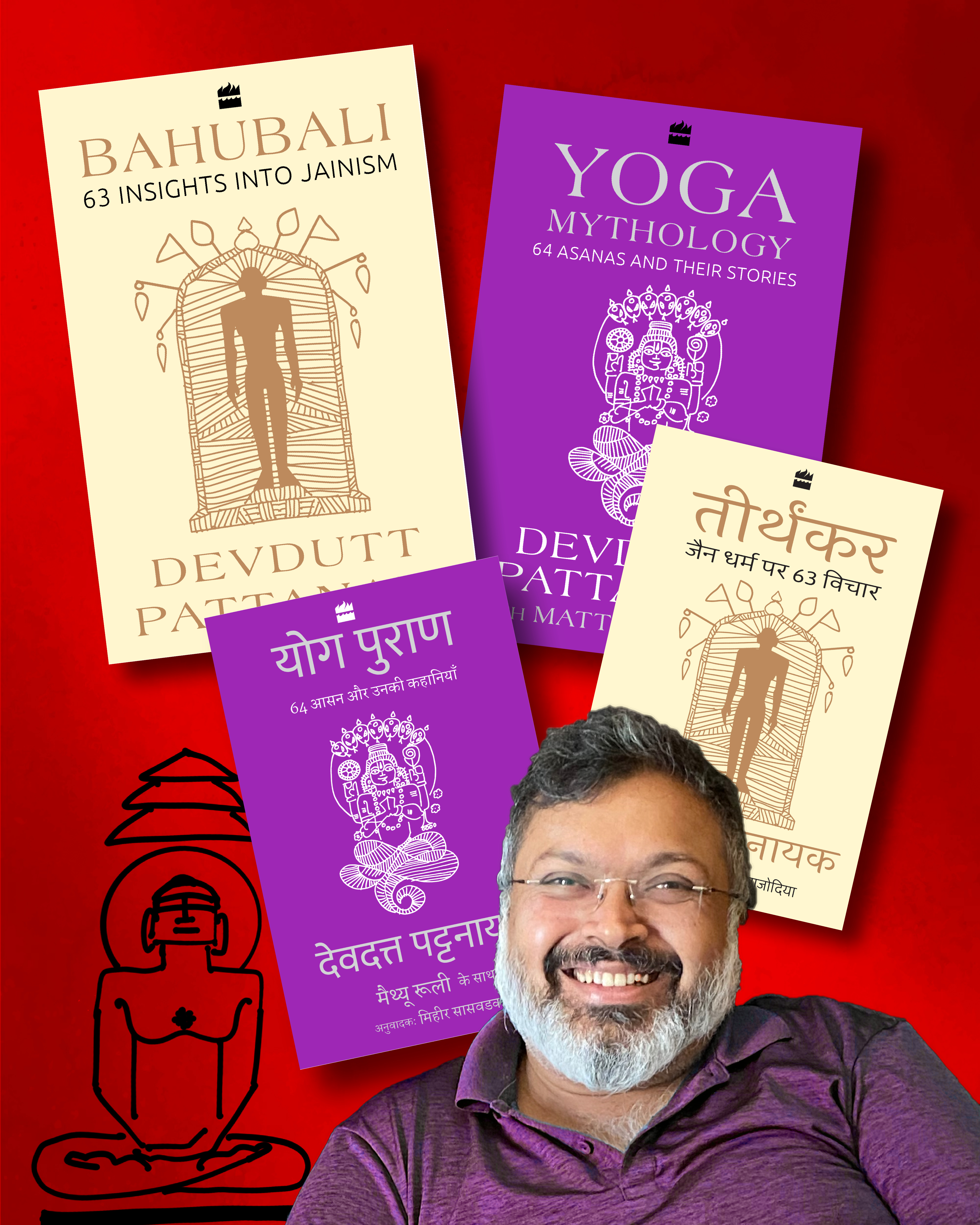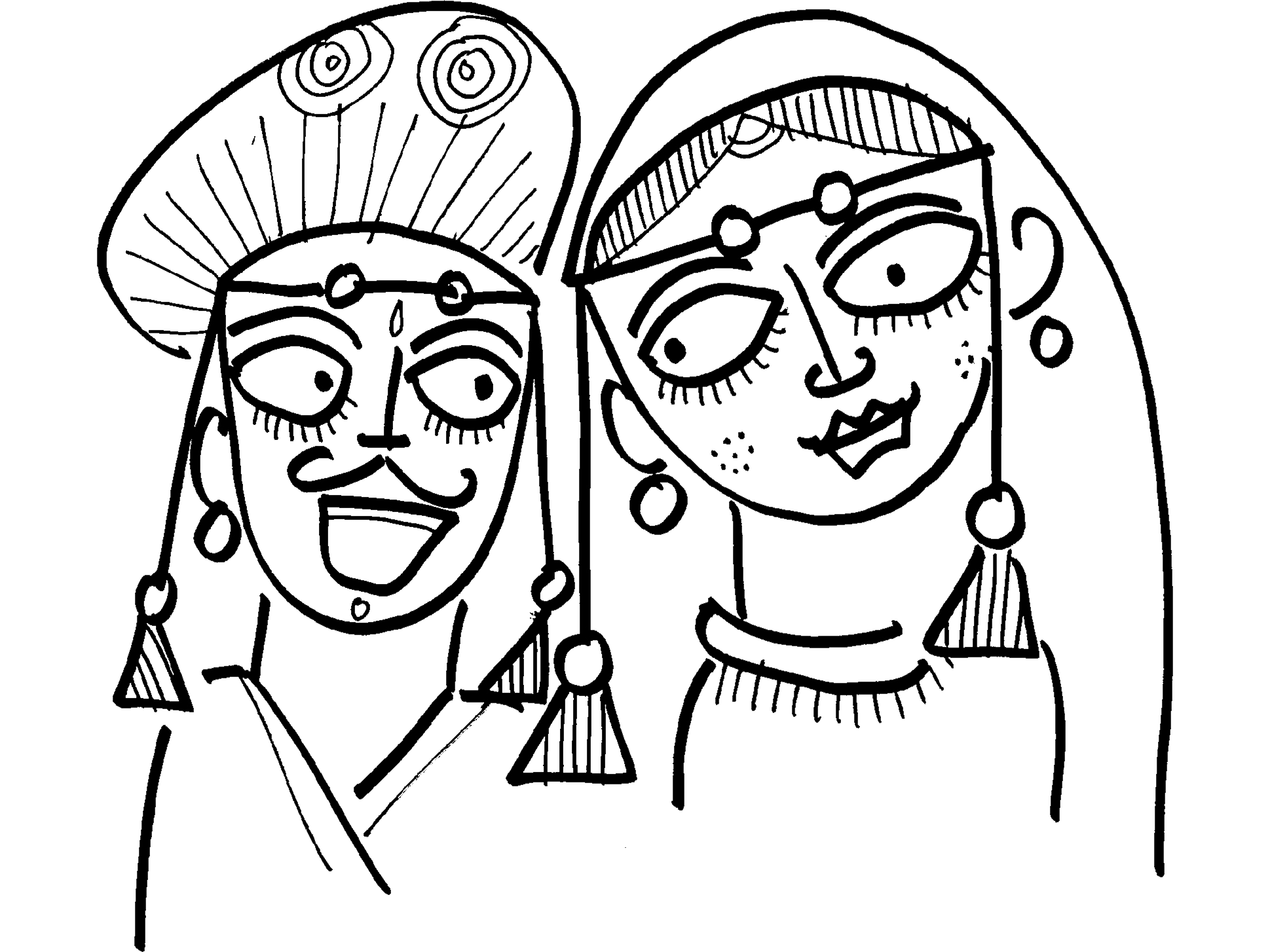Published in Speaking Tree on February 20, 2011.
Egypt has been the land of revolutions, the ouster of Mubarak being only the most recent one. 3400 years ago, in the 13th century BC, another revolution took place in Egypt that has been the subject of much speculation. It was a short-lived revolution but one that is believed to have profound effects on world religions. It was the revolution of Akhenaten, the Pharoah who perhaps introduced the idea of monotheism to the world.
Akhenaten is more famous as the husband of Nefertiti, whose bust is considered as the representation of the most beautiful woman of the ancient world. To understand Akhenaten’s revolution, one must know a little bit about Egyptian society.
Egypt civilization emerged on the banks of the river Nile that cut through the Sahara desert. The annual flooding of the river created rich fertile agriculatural lands. This made Egypt very rich. The desert on one side, and the sea on the other, offered it relative isolation, hence security. It gave people enough peace and prosperity to wonder about death and the afterlife. The Egyptians concluded that one lives two lives: the current mortal one and the future immortal one. One has to spend the current life investing in securing the latter one. This was done by following strict rituals and worship of gods and goddesses who created order both here and in the hereafter. So strict were these rituals of order that Egyptian art did not display any sign of individualism. Every image was formal and followed a set template. This template did not change for 3000 years, a remarkable feat of standardization and collectivism.
All rituals revolved around the Pharoah, who was not just ruler but also a living god, a representation of gods and goddesses, carrying the spirit of eagle-headed Horus, the son of Osiris. Horus was the god of the current mortal life while Osiris was the ruler of the eternal hereafter. Pyramids were built, the dead were mummified and elaborate rites conducted to ensure the dead make their journey from the land of Horus to the land of Osiris. This singular goal shaped every aspect of Egyptian life.
Then came Akhenaten. He challenged this rigid framework. He established the worship of a new god, Aten, represented only by the sun-disc. He declared himself the earthly representation of Aten and expected people to worship Aten through him, to the horror of the traditional priests. He changed his name from Amenhotep (Amun is satisfied) to Aten (living spirit of Aten).. Amun refers to the sun-god who is closely associated with Horus. Thus he rejected the earlier pantheon and created new rituals, even a new city. His representations are unique in Egyptian art in that they are rather misshapen, with a pot belly, lacking the formal grace of earlier kings, leading one to speculate that they are more realistic. His images with his wife and children are more casual, intimate and emotional, something rarely seen in Egyptian art. This was without doubt a revolution.
Details of this revolution is scant and has led to much speculation. Freud concluded that Moses lived in Akhenaten’s court and was inspired by him (or inspired him) into monotheism and that when the old order wiped out all traces of this revolutonary king, Moses was kicked out of Egypt and he went on to establish Judaism. Other believe that Akhenaten was probably diseased and suffered from some hormonal condition. Still others believe that Akhenaten was a megalomaniac. Or perhaps a free spirit, who elevated Nefertiti to the position of co-monarch, allowing her to be depicted as pharoah. There is even a school of thought that says that he was a bisexual, which explains images of him both as Nerfertiti’s husband and the beloved of a man called Smenkhkare. No one knows for sure. But something interesting happened in Egypt all those centuries ago that even inspired Agatha Christie, the famous detective novelist, to write a play on him.











